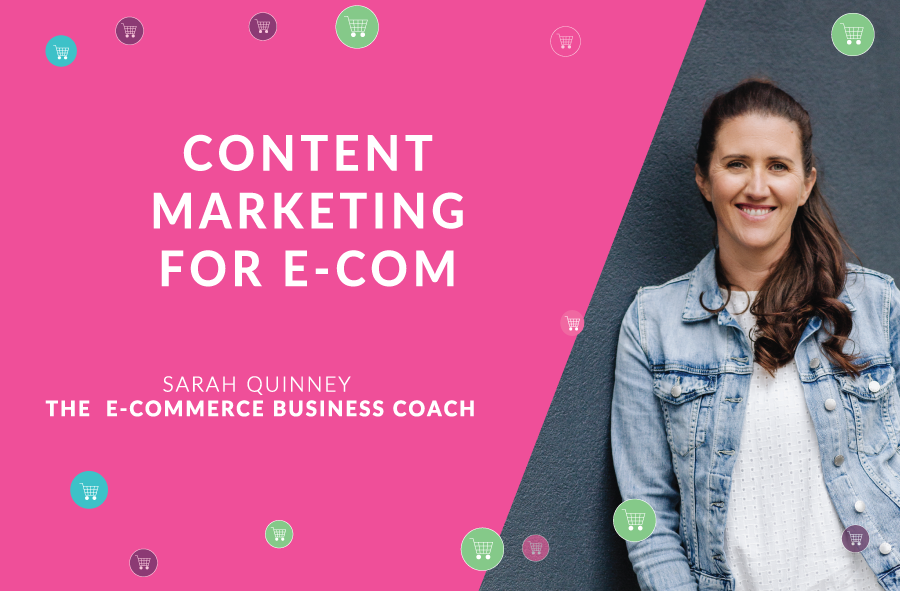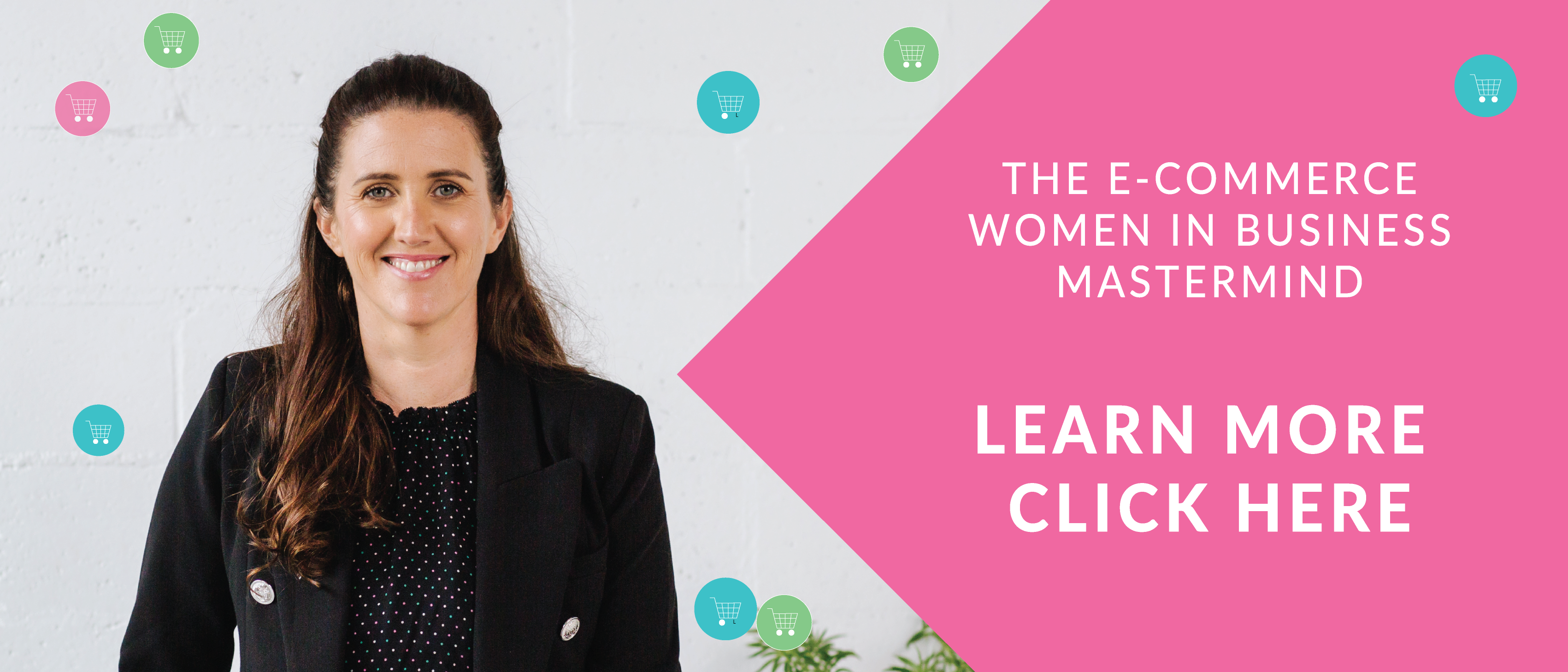
Content Marketing for the Buyer’s Journey
Success as an online retailer comes from nailing down your audience and knowing how to best serve them. One of the biggest aspects of this is the buyer’s journey. It’s important to identify the process your customer is taking to get from point A to point B, or even point C or D. Which steps does your customer take from the moment they come in contact with your brand to the moment they actually hit “Purchase” and convert to a paying customer?
In identifying the buyer’s journey, you will be better equipped to properly serve your audience and give them what they need. When you do this, you can speak to your customers in a way that will not give them a sales pitch, but rather simplify the process for them, making the sale their easiest option.
This will help to increase your sales and make you more reputable within your industry. Essentially a snowball effect, it will allow you to grow and grow.
Let’s break down the steps of the buyer’s journey and talk about how you can use content marketing to reach your customer throughout each part of the process.
Step 1: Awareness
At step 1, the customer is at the very beginning of their process. Either they have yet to realize they have a problem, or they’re trying to figure out the cause of their problem.
Your job as a business owner is to present yourself. You want to show that your company is a valuable resource by making yourself present and visible within the market.
Present content to the user that focuses on their pain points. Rather than trying to sell anything at this stage, you need to be relatable. You want customers to say “Oh, I do have this problem,” or “This is the exact explanation I was looking for.”
- Blogs & Content: By creating valuable blog posts and content, you can help users while simultaneously (and subtly!) spreading awareness of your brand. Let’s say you are a supplement retailer, and you fill your website with relevant, informative articles. Topics may include “The Best Supplements for Energy,” “Choosing Supplements as a Vegetarian,” and so on. If someone searches “supplements to help with fatigue,” your article “The Best Supplements for Energy” could be one of the search results! When this happens, not only do you provide the customer with quality, needed information, but you also make them aware of your brand. This is extremely valuable later on in the buyer’s journey.
- Tutorials & Videos: Another way to give users beneficial content is through the use of videos and helpful tutorials. Are you a makeup brand? If so, create tutorials that show customers how to use your products to achieve certain looks! When they simply perform searches, your content will come up and give them helpful answers while also subtly promoting your brand.
- Emails: If you have an email list, use this resource as a way to remind customers of your brand every once in a while. One idea is to send out seasonally relevant content. If you’re a home goods retailer, you could send out an email all about the “5 ways to decorate your home for fall.” In doing this, you give the customer helpful ideas and provide content of value. If the customer has not yet thought about autumn decorating, they may now feel that they have a problem, which is their lack of fall decor. You have just presented a problem and made your brand relevant to them as a solution (more on that in step 2).
- Social Media: Social media is an incredible tool that you must be using, especially as an online retailer. Post great, relevant content, whether related to your products or not. As long as it is valuable, it is worthwhile and reminds customers that you’re out there. When they’re ready, they will recall your brand. Typically, a couple of the best platforms to use are Instagram and Pinterest (though you should research where your audience is active).
As an added note, if you are creating great content, you will want to reach potential customers. Be sure that you are fully optimizing your content with up to date SEO practices so that the time spent creating will be worth your while.
Step 1 Takeaway: By consistently generating useful content, you provide value to users without requiring them to purchase your products. This helps to spread awareness of your brand while staying in the forefront of customers’ minds.
Step 2: Interest & Evaluation
In step 1, the buyer realized or addressed their pain points. They did research and became aware of their problem. By step 2, the buyer is interested in finding a solution and is spending time evaluating different options.
Step 2 of the buyer’s journey is your opportunity to show the customer that you have the best solution available. You don’t necessarily have to give the customer a sales pitch, but you should make them aware that your product or service is one that needs to be in the running as a solution.
- Emails: By step 2, use email marketing to present solutions to your audience. Position your brand as the best option out there. Let’s build on the example provided in step 1. Now that you’ve given your audience 5 ways to decorate their home for fall, send them an email showing them your items in action. Show them how they can use your products to perfectly decorate their space for the season! Through providing great imagery and examples, show them why they need your products.
- Freebies: Give your audience a solution to their problem in the form of something free. In doing so, you grab their attention and show them that your company provides valuable content. Building on the supplement example above, you could create a free eBook titled “How to Use Supplements for More Energy.” For your audience members looking for energy boosting supplements and tips, this will be useful to them as it will explain how to use your products to fight fatigue. Though you aren’t directly giving them a sales pitch, you’re putting the idea of your products into their minds. Additional freebie ideas include email series, worksheet downloads, or 5-day challenges .
- Webinars: Much like freebies, webinars are a great way to provide value while subtly using your products as solutions. Teach or show your audience something that will make their lives easier. Does your company sell outdoor goods? Host a webinar on how to safely complete certain outdoor activities! You could talk about rock climbing, white water rafting, and deep sea fishing, all while inserting your own products. You won’t be “selling,” but you’ll be showing viewers how your products can make their outdoor experiences safer. Facebook and Instagram Live are additional ways to provide this type of content. Many retailers use these “Live” platforms to showcase products with fit models or give new item updates.
Step 2 Takeaway: Present your brand as a solution. If done creatively you will be providing your audience with an answer to their problem without actually “selling” anything. When it comes time to actually make a purchase, your audience will remember your brand as the one that stood out with great value.
Step 3: Commitment & Sales
Step 3 consists of the commit and the purchase. The buyer has evaluated different options, and now they must choose. Your role in this stage is to get that sale.
- Emails: Finally, by the third email in your series, you want to be encouraging users to purchase your products. Back to my previous example. If you’re that home goods retailer, you should be emailing customers about specific products. Remind them about how your products are used by referencing the fall looks touched on in previous emails, but switch it up by adding detail. Include product information, descriptions, dimensions, pricing, and more. Let your products shine!
- Trials: Free trials never hurt anyone. In giving your user a free “test run” with your service, they are more likely to purchase. Once they see what they have, they don’t want to lose it! Though this method will not work with product retailers, it will work for service or program-based companies.
- Videos: With videos, you can provide in-depth examples of how your product is used. Give users a rundown for how your company makes customers’ lives easier. Remember that outdoor example? Show customers your products in action. On a hiking boot product page, for example, include video footage of a hiker wearing your boots as they reach a mountain summit. Aim to show how useful and valuable your products are.
- Testimonials: Testimonials are a tried and true method for convincing customers to purchase. Reviews can make or break a sales, and when positive, they are SO beneficial for conversion. Similarly, customers want to know that others have experienced great results with your product, and trust me, they’ll be looking at reviews. Encourage customers to leave reviews and rate their experience. You can ask users to do this via email, or include a paper reminder in their package.
Step 3 Takeaway: Convince the buyer that your option is the best one. Show them why they simply cannot pass up the opportunity to purchase your products!
—
In a world where customers can compare prices, styles, and options all from the palm of their hand, how can your business stand out from the pack? How can you set yourself apart and make the customer choose you? The answer is the service you’re providing. Provide valuable content that other companies aren’t. As a result, you’ll be able to sit back and watch customers flock to you.
I hope that these suggestions prove useful in catering to your audience’s journey!
Sarah

